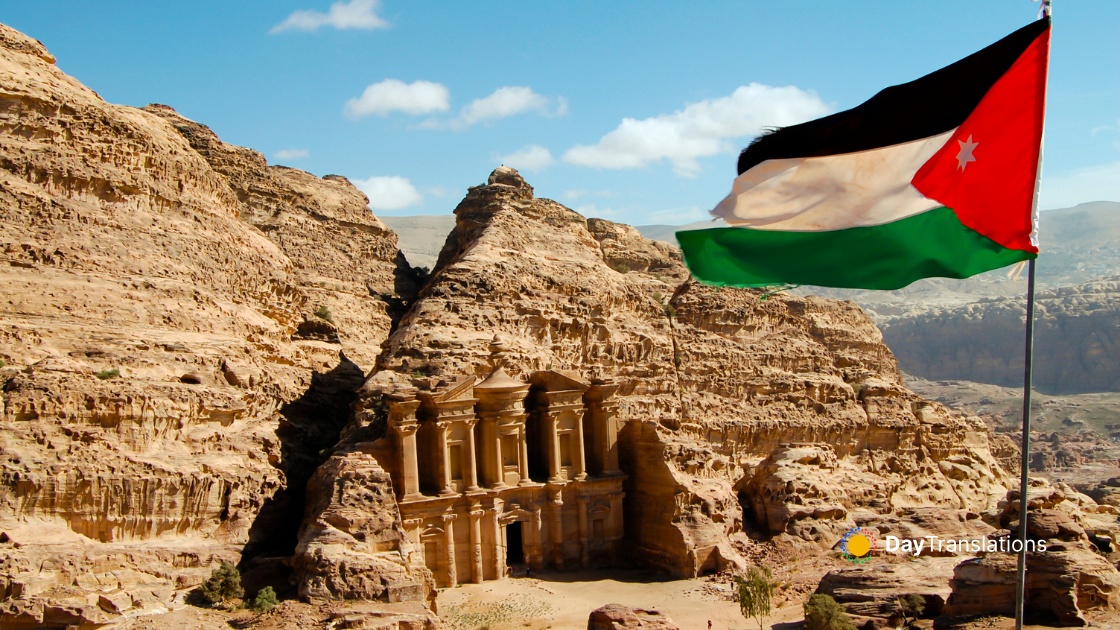Geography of Ivory Coast: Important Geographical Information about Ivory Coast
In this Country Profile
Cote d’Ivoire or commonly known as Ivory Coast is a sub-Saharan nation in southern West Africa located at 8 00°N, 5 00°W. The country is shaped like a square and borders the Gulf of Guinea on the north Atlantic Ocean to the south (515 km of coastline) and five other African nations on the other three sides, with a total of 3,110 km of borders: Liberia to the southwest (716 km), Guinea to the northwest (610 km), Mali to the north-northwest (532 km), Burkina Faso to the north-northeast, and Ghana to the east (668 km). In total, Cote d’Ivoire comprises 322,460 km2, of which 318,000 km2 are land and 4,460 km2 are water. This makes the country slightly larger than the U.S. state of New Mexico, or about the size of Germany.
Cote d’Ivoire’s terrain can generally be described as a large plateau rising gradually from sea level in the south to almost 500 meters elevation in the north. The nation’s natural resources have made it into a comparatively prosperous nation in the African economy. The southeastern region of Cote d’Ivoire is marked by coastal inland lagoons that start at the Ghanaian border and stretch 300 km (186 mi) along the eastern half of the coast. The southern region, especially the southwest, is covered with dense tropical moist forest. The Eastern Guinean forests extend from the Sassandra River across the south-central and southeast portion of Cote d’Ivoire and east into Ghana, while the Western Guinean lowland forests extend west from the Sassandra River into Liberia and southeastern Guinea. The mountains of Dix-Huit Montagnes region, in the west of the country near the border with Guinea and Liberia, are home to the Guinean montane forests. The Guinean forest-savanna mosaic belt extends across the middle of the country from east to west, and is the transition zone between the coastal forests and the interior savannas. The forest-savanna mosaic interlaces forest, savanna and grassland habitats. Northern Cote d’Ivoire is part of the West Sudanian savanna, a savanna-and-scrubland zone of lateritic or sandy soils, with vegetation decreasing from south to north. The terrain is mostly flat to undulating plains, with mountains in the northwest. The lowest elevation in Cote d’Ivoire is at sea level on the coasts. The highest elevation is Mount Nimba, at 1,752 meters (5,748 ft) in the far west of the country along the border with Guinea and Liberia.
Cote d’Ivoire’s also has a large timber industry due to its large forest coverage. The nation’s hardwood exports match that of Brazil. In recent years there has been much concern about the rapid rate of deforestation. Rainforests are being destroyed at a rate sometimes cited as the highest in the world. The only forest left completely untouched in Cote d’Ivoire is Taï National Park (Parc National de Taï), a 3,600 km2 (1,390 sq mi) area in the country’s far southwest that is home to over 150 endemic species and many other endangered species such as the Pygmy Hippopotamus and 11 species of monkeys.
Eight percent of the country is arable land. Cote d’Ivoire is the world’s largest producer of cocoa, a major national cash crop. Other chief crops include coffee, bananas, and oil palms, which produce palm oil and kernels. Natural resources include petroleum, natural gas, diamonds, manganese, iron, cobalt, bauxite, copper, and hydropower.

Sorry, the comment form is closed at this time.